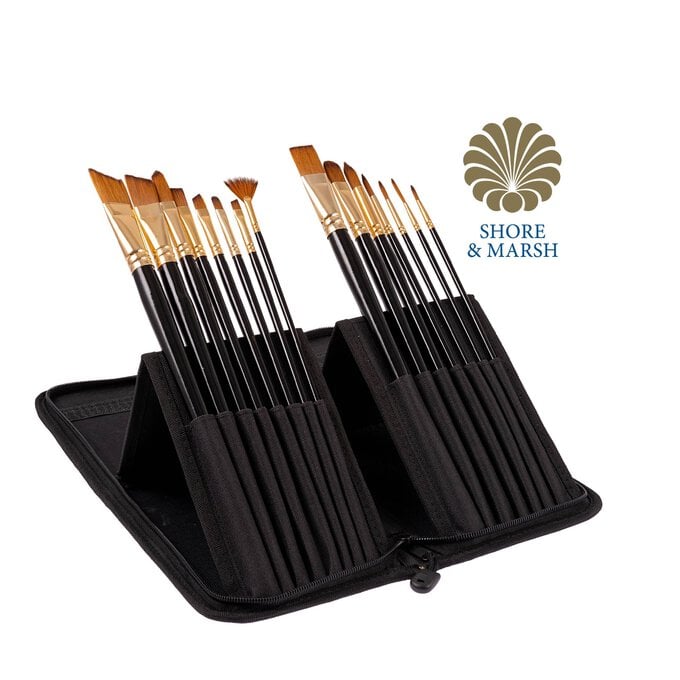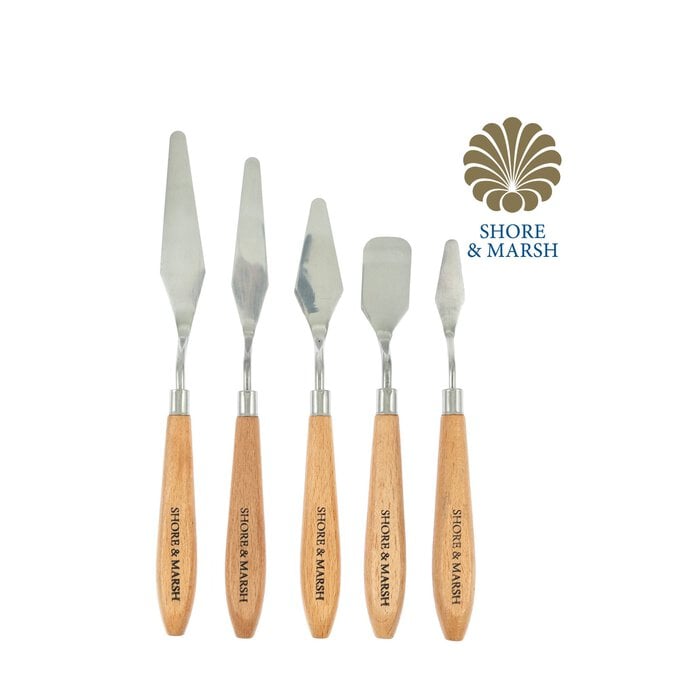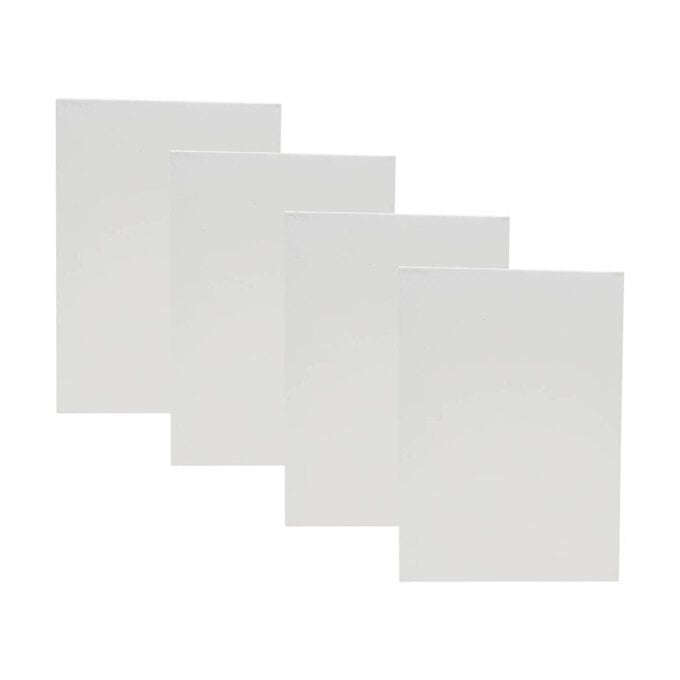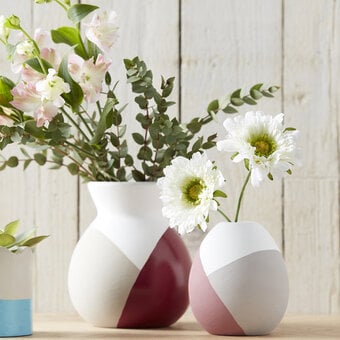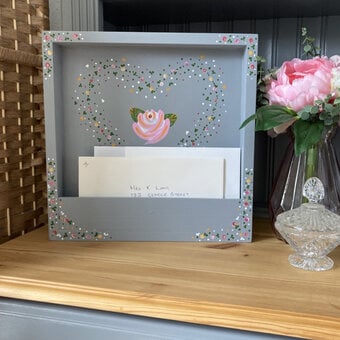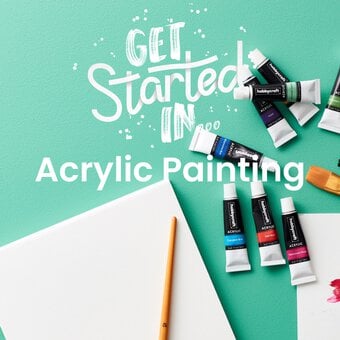The Ultimate Guide to Acrylic Paint
Welcome to the vibrant world of acrylic paint! Whether you’re an aspiring artist, a seasoned professional, or someone who just fancies dabbling in a new hobby, acrylic paint is a wonderfully versatile medium to explore.
With its vibrant colours, quick drying time, and suitability for a variety of surfaces, it’s no wonder it’s a favourite for so many.
But here’s the catch: with endless brands, types, and features on the market, choosing the right acrylic paint can feel like navigating an art supply maze. Fear not—this guide is here to help!
We’ll dive into the basics, break down the types, and walk you through everything you need to consider so you can confidently pick the perfect acrylic paint for your needs. Let’s get started, shall we?
You will need
Subtotal
Is $ 30.00
Subtotal
Is $ 27.00
Subtotal
Is $ 13.00
Subtotal
Is $ 31.00
Acrylic paint is a fast-drying, water-based paint made from pigment suspended in acrylic polymer emulsion. In simpler terms, it’s a paint that combines the bright colours of traditional oils with the convenience of watercolours. You get the best of both worlds—rich, bold hues without the long drying times or need for special chemicals.
Why it’s loved:
Quick Drying: Perfect for impatient painters who can’t wait to see their masterpiece.
Versatile: Works on canvas, wood, metal, glass—you name it!
Beginner-Friendly: Easy to use and clean up with just water and soap.
Layering Power: Dries fast, letting you layer colours without smudging.
It’s distinct from oil paints, which dry slowly and require solvents for cleaning, and watercolours, which are lighter and more translucent. Acrylics are like the all-rounder in your art toolkit—reliable, vibrant, and adaptable.
Think of acrylic paint as a sandwich. The pigments are the filling (giving it colour), the acrylic binder is the bread (holding it together), and water is the butter that makes it spreadable. Once exposed to air, the water evaporates, leaving a durable, plastic-like film.
If you’ve ever noticed your brushes stiffening mid-session, that’s the paint drying. To slow this process, you can use a retarder medium—think of it as a time-turner for your palette.
Acrylic paints come in various types, each tailored for specific styles and needs. Let’s explore the main categories:
Student-Grade Acrylics
Best For: Beginners, kids, or casual crafters.
Features: Affordable and easy to work with, but slightly less pigmented.
Example: Imagine painting a cheerful flower pot—it doesn’t need to be gallery-ready, just fun and colourful.
Artist-Grade Acrylics
Best For: Intermediate to professional artists.
Features: High pigmentation, smooth consistency, and vibrant, long-lasting colours.
Example: Creating a detailed landscape where every shade and texture matters.
Heavy Body Acrylics
Best For: Textured work, such as impasto.
Features: Thick consistency, almost like buttery frosting.
Example: Imagine using a palette knife to sculpt waves on a canvas.
Fluid Acrylics
Best For: Pouring, glazing, and fine details.
Features: Thin consistency without sacrificing colour intensity.
Example: Picture a dreamy, flowing galaxy pour.
Acrylic Gouache
Best For: Flat, matt finishes.
Features: Opaque and velvety, with no shine when dry.
Example: Perfect for bold, graphic illustrations.
Pigment Quality
Tip: Look for “lightfast” paints to ensure colours don’t fade over time.
Artist-grade paints offer better pigment density than student-grade.
Drying Time
If you like working quickly, stick with standard acrylics.
Prefer a slower pace? Add a retarder or try an “open” acrylic that stays wet longer.
Finish (Glossy, Matt, or Satin)
Glossy paints have a shiny finish, while matt paints are more subdued. Satin strikes a balance between the two.
Packaging
Tubes: Great for precise colour control.
Jars: Ideal for larger projects or frequent use.
Bottles with droppers: Perfect for fluid acrylics and pour art.
Acrylics vs Oils: Acrylics dry faster and are more beginner-friendly. Oils, on the other hand, allow for blending over days.
Acrylics vs Watercolours: Acrylics are bold and opaque, whereas watercolours are soft and translucent.
If you love boldness and versatility, acrylics are your go-to. But if you’re after soft washes or extensive blending time, consider exploring watercolours or oils.
Where acrylic paint shines:
Canvas paintings (from abstracts to portraits)
Decorative crafts (jars, ornaments, etc.)
Furniture customisation
Mixed media projects
Outdoor art (choose weather-resistant acrylics)
Where it’s not ideal:
Ultra-fine blending (oil paints excel here)
Projects requiring extended wet time unless paired with a medium.
Budget: Students and hobbyists can stick to affordable brands like Winsor & Newton’s Galleria range, while pros may prefer Golden or Liquitex Professional.
Frequency of Use: Occasional painters may not need large jars or premium-grade paints.
Project Type: For textured work, go heavy body; for fluid art, opt for, well, fluids!
Use a palette knife for mixing without wasting brushes.
Invest in a stay-wet palette to prevent paint from drying too quickly.
Clean brushes promptly with soap and water to avoid permanent damage.
Can I use acrylic paint on fabric?
Yes! But mix it with a fabric medium for flexibility and durability.
Can you blend acrylics?
You can, but act quickly—they dry fast. Use an extender if you need more time.
Are acrylics toxic?
Most are non-toxic, but always check the label for specifics.
Congratulations—you’re now equipped with all the know-how to choose your perfect acrylic paints! Whether you’re splashing colour onto canvas or sprucing up an old vase, acrylic paint opens up endless creative possibilities. So grab a palette, experiment fearlessly, and let your imagination run wild. Happy painting! 🎨

